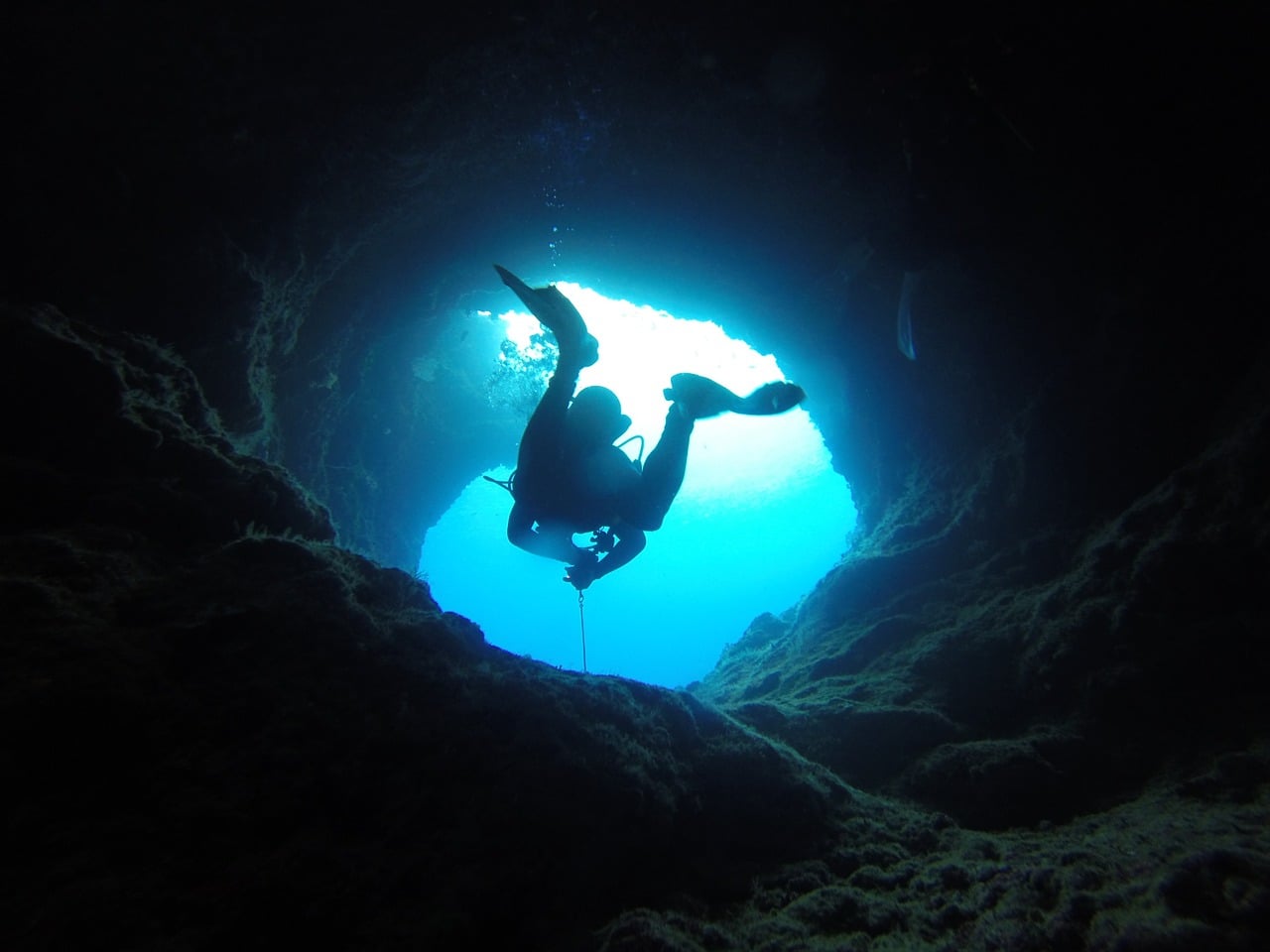Mexico is known to hide many artifacts, especially from the Mayan civilization. The recent discovery by archaeologists in Mexico includes a discovery of fossils belonging to animals that went extinct a long time ago, as well as huge sloth fossils and Mayan artifacts located in the world’s largest underwater cave system. The archaeologists also fear that the discovered artifacts and other mysteries of the cave could be damaged from pollution.
The flooded caves are 216-miles long and are known by the name of Sac Actun. They were known as two different cave systems in Mexico. However, last month, the divers of the Gran Acuifero Maya made an announcement that they found the passage which connects the two systems, which makes it the largest cave system in the world.
“This immense cave represents the most important submerged archaeological site in the world,” Guillermo de Anda, underwater archaeologist and researcher at Mexico’s National Anthropology and History Institute (INAH), told National Geographic in January.
On Monday, the archaeologists published more details about their discoveries in the largest cave system in the world. They found the remains of a long-extinct elephant-like species dubbed gomphotheres, as well as huge sloth and bear fossils, according to the report from Agence France-Presse. The discovery also included burned human bones, ceramics and wall etchings.
However, the artifacts in the caves have already been exposed to risk. Runoff from a nearby dump could have caused high acidity levels in the cave where archaeologists uncovered a human skull. The acid which could flow into the waters could damage the remains, according to the report in Associated Press.
Large cave systems are usually linked to cenotes, which are sinkhole-like structures and are considered popular tourist destinations. Tourists particularly use them for swimming and snorkeling. Also, according to AP, the main highway that runs over parts of the cave network was reported to have collapsed into sinkholes at times.
Archaeologists discovered nearly 200 artifacts, and most of them belong to the Mayan civilization, Mexico’s National Institute of Anthropology and History wrote. There are some bones that appear to be over 9,000 years old. Aside from the huge sloth fossils and treasure, archaeologists found a shrine to the Mayan god of commerce with a staircase structure located in a cenote.
Mayan communities used to consider the cenotes sacred, as they were also providing fresh water to the people. According to AP, Guíllermo de Anda, underwater archaeologist and director of GAM, said that people living there likely went into the caves in search of water in times of drought, although they likely didn’t live inside the caves.
According to the discovered Mayan artifacts, the drought that occurred likely around 1000 A.D. caused the water levels to drastically decrease, which caused Mayan communities to look deeper in the caves in search of fresh water.
“It is very unlikely that there is another site in the world with these characteristics,” de Anda, was quoted by Agence France-Presse. “There is an impressive amount of archaeological artifacts inside, and the level of preservation is also impressive.”





